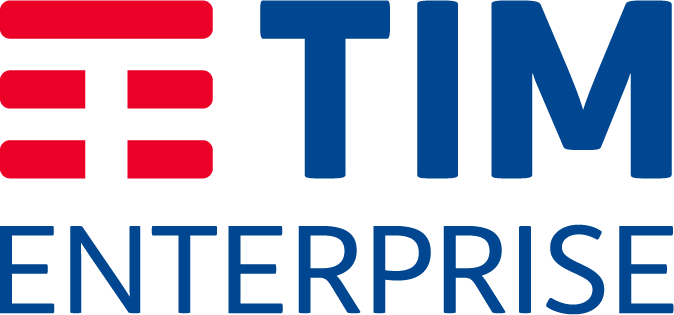Releasing an RFP for telecommunication services is a way of opening opportunities for the project to have qualified bidding companies in a fair way, cutting bias out of the process. In addition, it encourages competitive costs for the solution sought.
Despite its crucial role, the whole process of RFPs can be complicated and time consuming. But with the right approach, companies can tackle this challenge and receive the right proposals for their business needs. Here are five mistakes to avoid when carrying out RFPs.
1. Not being clear about your business goals in telecom international RFPs
One of the first parts of an RFP is the description of the goals the business wants to achieve with the project. This is a central element of the document because it helps vendors understand what the company is looking for and respond with the appropriate solutions that can actually attain those goals.
The team in charge of the RFP should work together with stakeholders to gather information on the project’s needs. What are the challenges they expect to solve? And how do they expect telecom vendors to solve them? What would be the successful results?
The document should have clear details to prioritise the results. This will set expectations right away and narrow suppliers down to the ones that are really capable of making the project a success.
2. Previously defining the solution for the vendors
Even though telecom international RFPs should have enough details to enable vendors to come up with the right solutions, it is better when organisations focus on the challenges and issues being currently faced and the outcomes they expect to have.
This is because predefining the exact solution for providers might limit their flexibility and creativity in some cases, leading to telecom services that might not be the best for the business both in terms of goals and costs.
3. Skipping the Request for Information (RFI)
The initial list of vendors can be a fundamental part of selecting the right telecom partner for the project. Creating this list based solely on word of mouth will likely exclude capable suppliers and innovative solutions. A Request for Information (RFI) can help determine if a vendor’s product should be considered for the process. The RFI is a short questionnaire that can be sent and answered in a simple e-mail, without the need for deep discussions. Look at it as a quick survey on the telecom market.
4. Asking for more than you can implement
Finding a solution that solves the company’s problems within budget is the main objective. But other than that, enterprises need to make sure that the project can be implemented. Besides the technical advances that a new telecom service might need, can the organisation have a structure with processes and training that will allow it to leverage all the solution’s benefits? Or are there risks that the solution might be underused, losing time and money consequently?
This can be avoided during the RFP development, ensuring that it asks for a solution that solves the company’s problems in the context of its current situation, and not a solution that would fit an ideal or unrealistic version of the company.
5. Not assessing responses properly
Although preparing a telecom international RFP can be demanding, the last part of the process deserves a great deal of attention. Apart from the costs, other criteria need to be assessed according to the project’s needs to make sure the company selects the best partner.
These criteria should be defined earlier in the process. They should include, for instance, the key aspects the telecom provider should have and the steps that the company will take to evaluate each proposal fairly.








